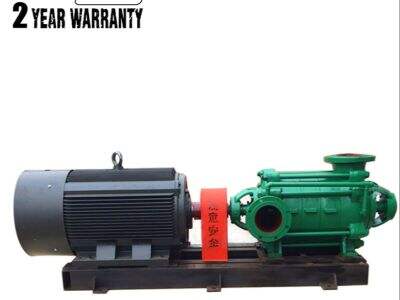The centrifugal pump is a common machine that is used for the rise and fall of liquids. Centrifugal Pump are available in two varieties, single-stage and multi-stage. Take a look at the differences between these two, and how to select the best one for your needs.
What is the difference between single-stage and multi-stage centrifugal pumps?
A single-stage centrifugal pump contains one impeller. An impeller is the rotating component that moves the liquid. This means that a single-stage pump can produce only so much pressure and flow. Impellers: The multistage centrifugal pump have multiple impellers. This enables them to achieve higher pressures and flow rates.
SINGLE STAGE AND MULTI STAGE PUMPS: EFFICIENCY AND PERFORMANCE
Single-stage pumps are more efficient per stage than multi-stage pumps. The reason for this is the that multiple impellers aid the pump to do its job more efficiently, especially when transporting liquids at higher pressure. This results in a higher capacity, which prevents problems associated with multi-stage pumps that involve performing multiple tasks in more challenging operating conditions.
Guidelines for Selecting the Right Centrifugal Pump For You
Consider your needs when choosing between a single-stage and multi-stage pump. Just be sure that if you only have to transfer liquids for short distances and lower pressure, a single stage centrifugal pump will suffice. However, when you want to move fluids over longer distances, or need higher pressure, then a single-stage pump is not the right design.
Single-stage and multi-stage pump advantages and disadvantages
However, single-stage pumps are also less complex and are generally simpler to maintain than multi-stage pumps. They are also usually less expensive upfront. Multi-stage pumps, on the other hand, excel in these environments, boasting superior performance and efficiency. But they may also be more complex and expensive to maintain.



















































